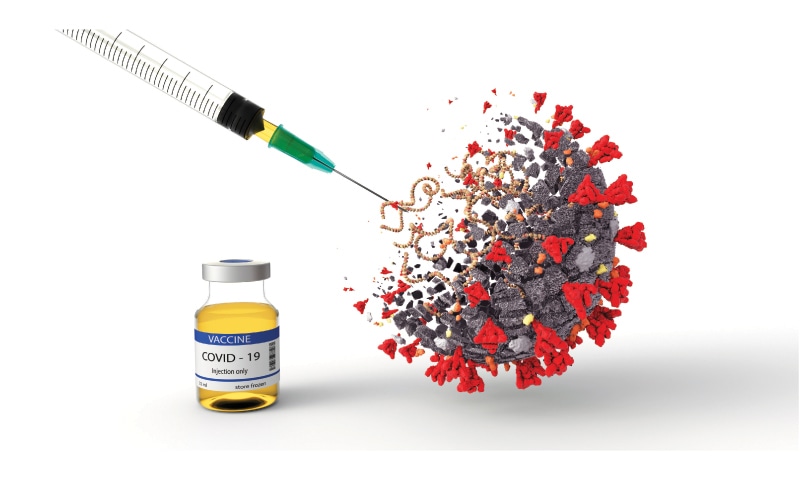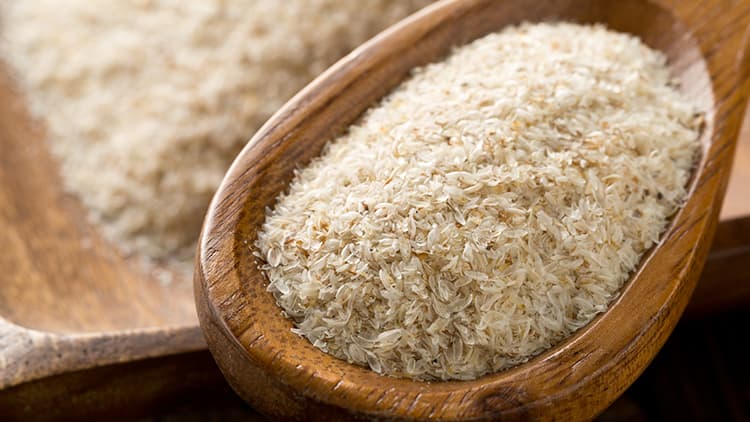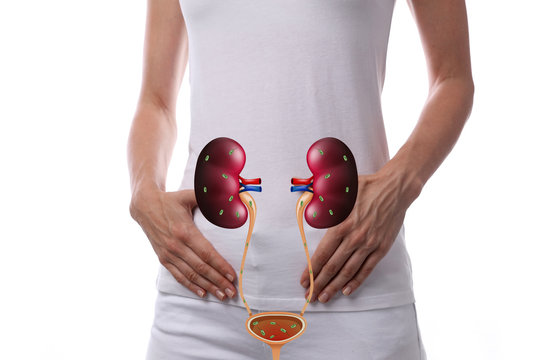
Evidence that Some Younger Subjects Being More Susceptible to Type 2 Diabetes as an Adult
July 24, 2020
SIGNIFICANCE OF PLANT-BASED DIETS FOR CONTROL OF BLOOD PRESSURE
August 17, 2020The outbreak of novel corona virus 2019 (novel=new) represents a pandemic threat, that has been declared a public health emergency of international concern.
There is an urgent need to find a way to prevent new infections, and so the race for the development of an effective vaccine is on.
Vaccines are one of medicines’ greatest inventions. Vaccines have eradicated small pox, reduced global child mortality rates, and prevented countless birth defects and long lasting disabilities.
Vaccines works by introducing a weaker form of disease causing organisms or pathogens (e.g. bacteria, virus etc.) or by introducing a dead form of these pathogens into the body. Some vaccines contain only a part of these disease causing organisms.
When the modified versions of the pathogens are injected into the body they do not cause any harm but activates the immune system to respond to their presence, just as the body would in case of an actual infection.
The immune system acts to the presence of the pathogens by producing certain type of white blood cells called’ lymphocytes’ which are of two types the T-cells and the B-cells.
T-cells attack the cells of the body that have been infected or invaded by the pathogens.
B-cells produce antibodies which are Y- shaped protein molecules.
When vaccines are introduced into the body the immune system produces antibodies against the modified versions of pathogens, and these antibodies then bind or attach themselves with the protein molecules present at the surface of these modified versions of pathogens, just as they would with the disease causing organisms, like a key fits into the lock. This is called neutralization. As they do so, the antibodies do not allow pathogens to enter or invade host cells and thus they cannot damage the host cells.
By attaching to the proteins at the surface of pathogens, the antibodies also makes them susceptible to be engulfed and destroyed by specialized white blood cells, the macrophages and the neutrophils.
Antibodies also trigger other immune responses so that immune system could destroy these pathogens and get rid of them.
Once the vaccine pathogens have been destroyed by the immune responses of the body, just as it would have responded in case of actual infection, the body is left with the supply of lymphocytes (types of white blood cells) that would remember how to fight that specific pathogen if it enters or invades the body in future and these lymphocytes are called the ‘memory cells’. If that specific pathogen invades the body again, it would not be able to cause any harm, as the immune system will respond very quickly because of the presence of memory cells. Thus vaccines are so effective in preventing diseases.
Recently scientists developed candidate vaccine mRNA-1273 that encodes SARS-CoV-2 (severe acute respiratory syndrome corona virus 2) spike protein.
[Spike protein is a protein present at the surface of corona virus.]
Scientist claims that they have conducted phase I, dose escalation clinical trials of mRNA-1273 vaccine.
[The phases of the clinical research are the steps in which scientists conduct experiments with a health intervention, in an attempt to obtain sufficient evidence for a process which would be useful as a medical treatment.
Phase I clinical trials are the first stages of testing in human subjects. They are designed to test the safety, side effects, best dose and formulation method for a particular health intervention.
Dose escalation is a progressive increase in the strength of any treatment, to improve its tolerability or maximize its effects.]
The participants who took part in the clinical trials were 45 healthy adults, 18 to 55 years of age.
They received two vaccinations, 28 days apart, with mRNA-1273 vaccine in a dose of 25µg, 100µg, or 250µg. There were 15 participants in each dose group.
During clinical trials scientists observed that after the first vaccination, antibody responses were higher with higher dose among the participants.
They also observed that after receiving second dose of vaccination, the titers of virus-neutralizing antibodies increased further among the participants.
The studies also showed that after receiving vaccinations, virus-specific T-cell responses were also elicited among the participants.
Researchers noted that adverse effects occurred in more than half the participants. The adverse effects which the participants experienced were fatigue, chills, headache, myalgia (pain in muscles) and pain at the injection site.
Systemic adverse effects (fatigue, chills, headache, myalgia etc.) were more commonly experienced after the participants received the second dose of vaccination, particularly with the highest dose. Three participants (21%) in 250µg dose group were reported to experience one or more severe adverse events.
Conclusions drawn by the scientists after the Phase I clinical trials of mRNA-1273 vaccine are that, the vaccine induced anti-SARS-CoV-2 immune responses in all the participants’ i.e. significant titers of virus-neutralizing antibodies were produced by the immune system of all the participants and virus- specific T-cell responses were also elicited among the participants.
There were no trial- limiting safety concerns identified by the researchers.
Researchers suggest that these findings support further development of the mRNA-1273 vaccine.

REFERENCE
An mRNA Vaccine against SARS-CoV-2- Preliminary Report.http://www.nejm.org/full/10.1056/NEJMoa2022483






